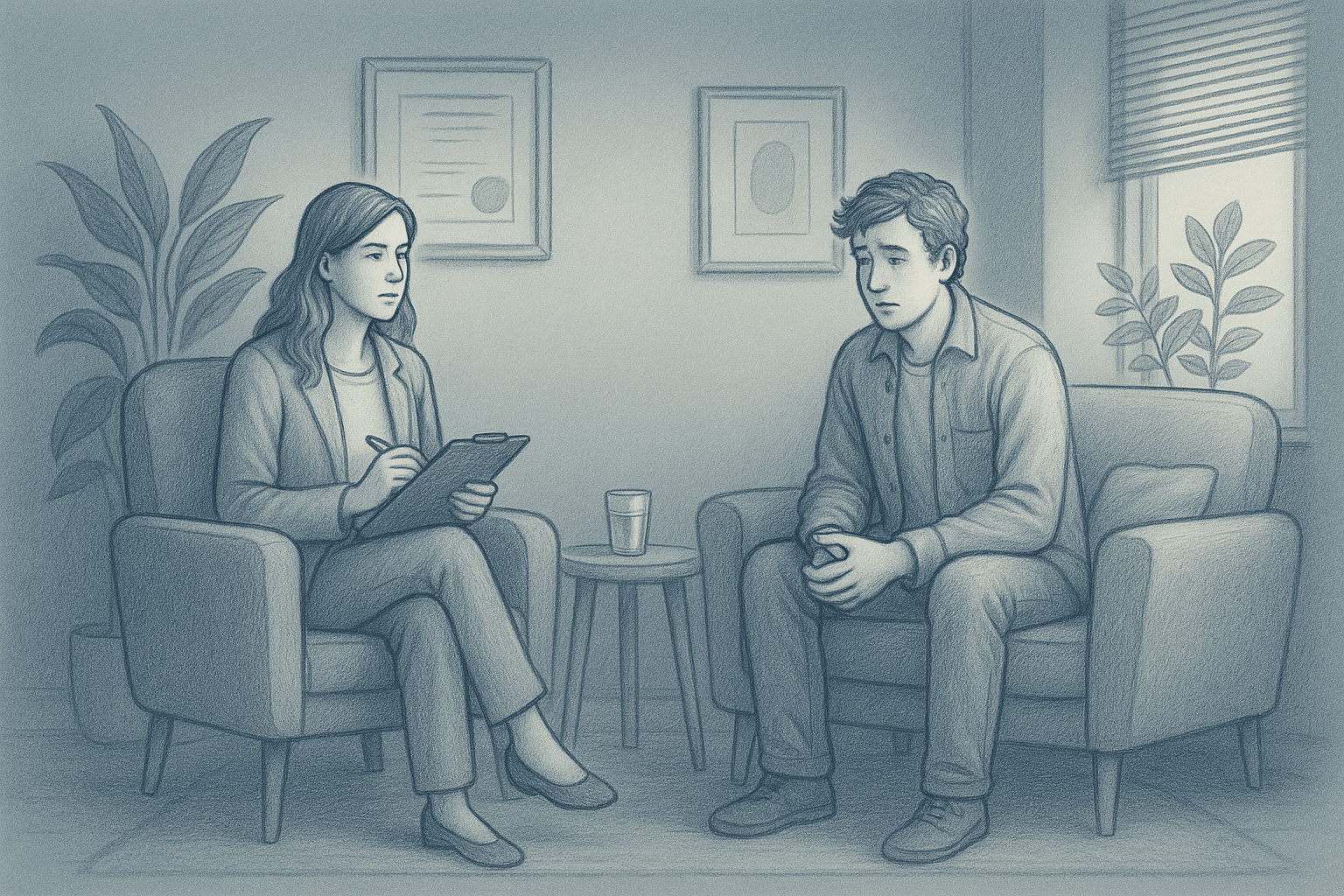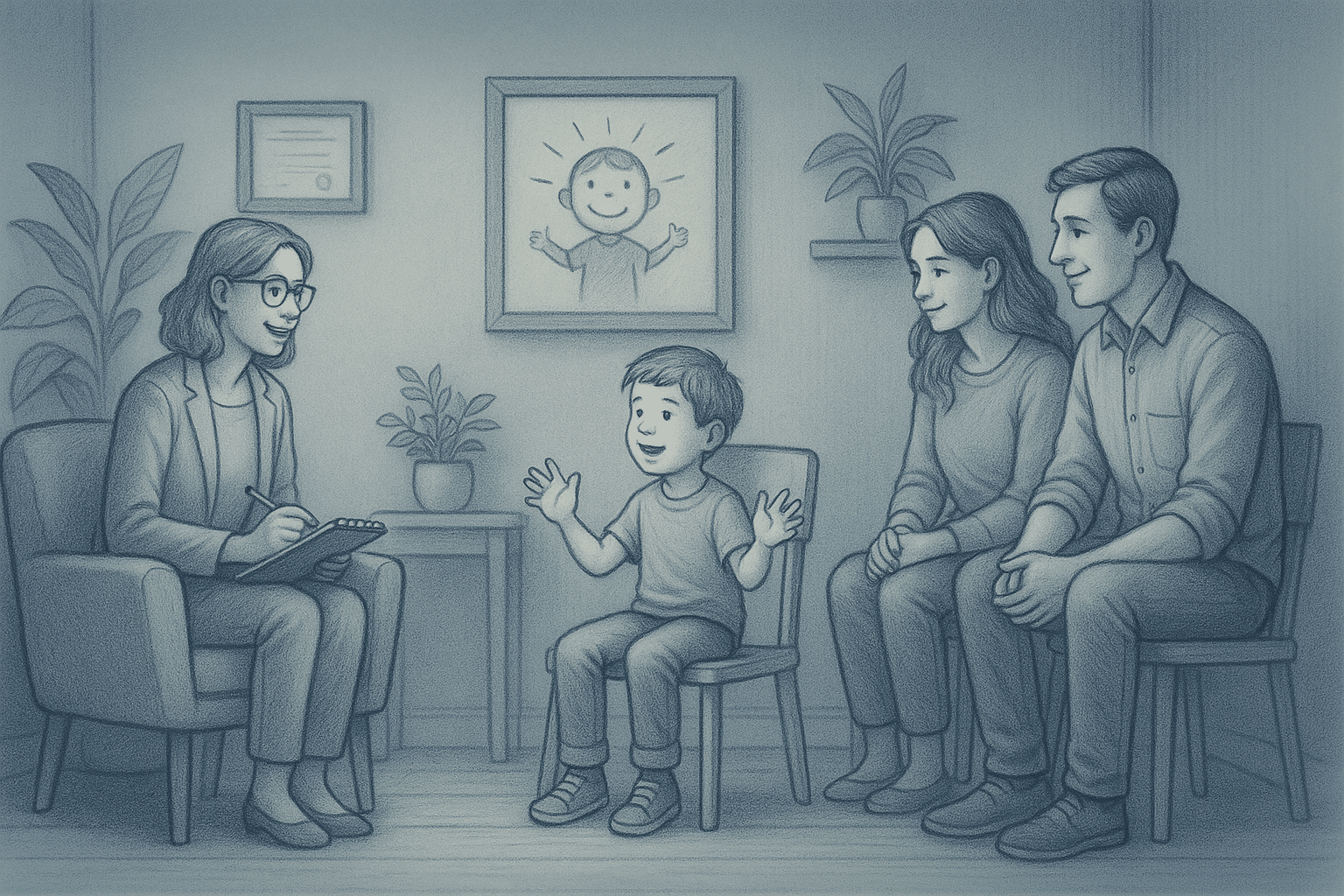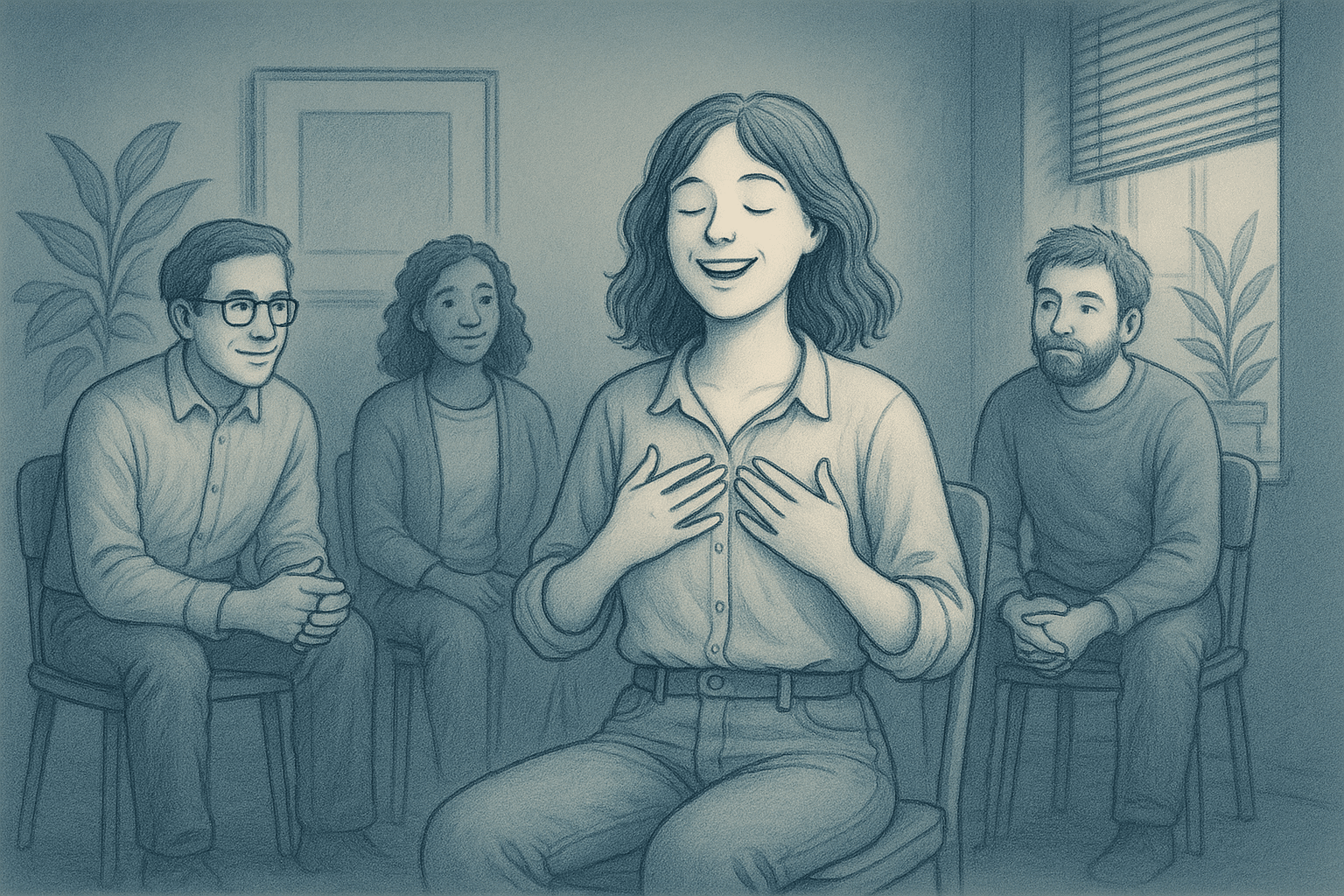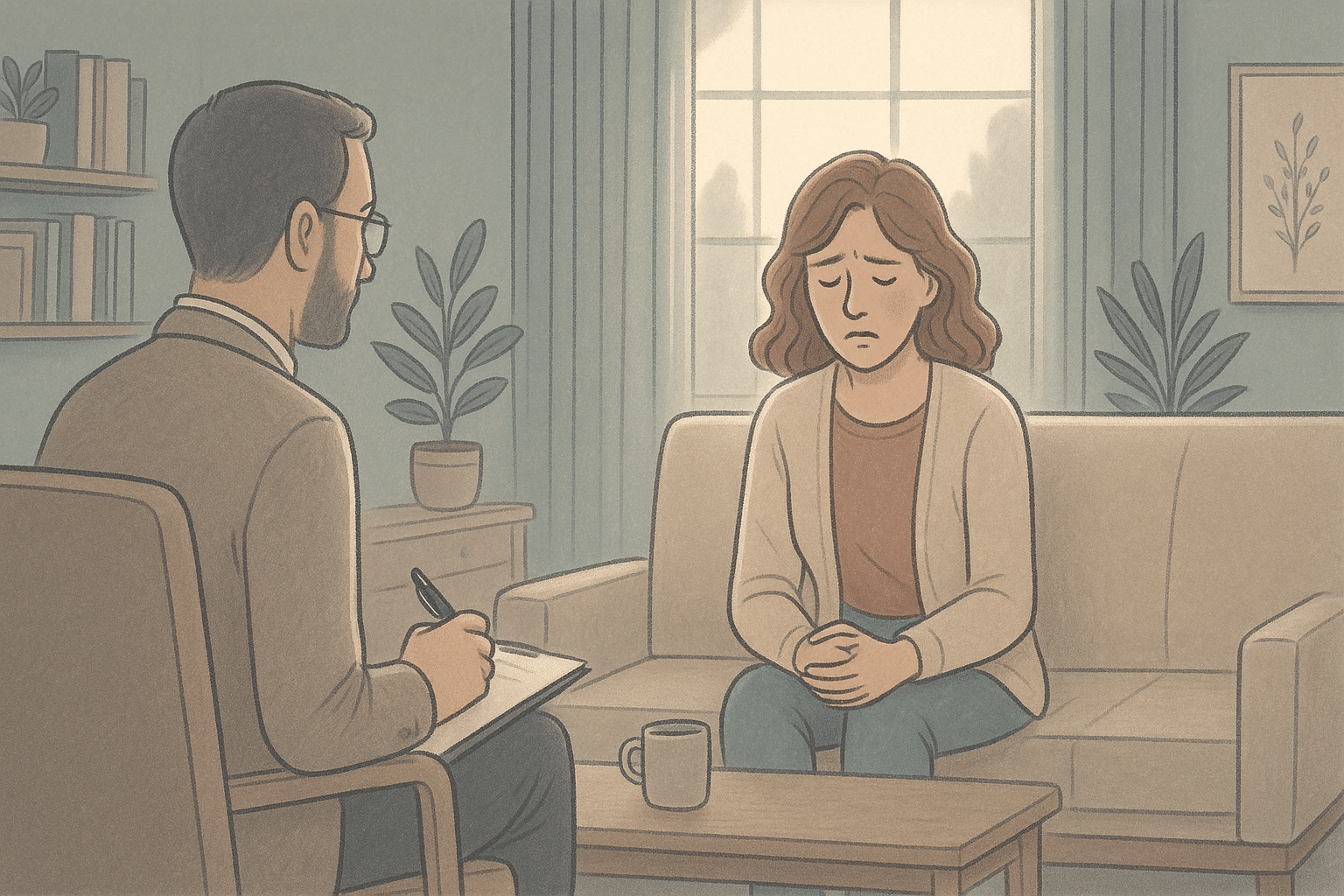Key Takeaways
- Mania is characterized by elevated mood, increased activity, and impulsive behavior, whereas ADHD involves consistent patterns of inattention and hyperactivity.
- Manic episodes are episodic, often lasting days to weeks, while ADHD symptoms are chronic and persist over time.
- Both conditions can coexist, making diagnosis challenging; however, they require different treatment approaches.
- Accurate diagnosis involves comprehensive clinical evaluations to differentiate between mania and ADHD.
- A Mission For Michael (AMFM) offers specialized ADHD and mania treatment through experienced multidisciplinary teams who provide personalized care ranging from intensive residential programs to flexible outpatient options, all customized to your specific symptoms and needs.
Mania vs ADHD: Understanding Key Differences
When we talk about mental health, two conditions often come up: mania and ADHD. While they might seem similar at first glance, they are distinct in their symptoms and treatment approaches. Understanding these differences is crucial for anyone affected by these conditions, either personally or through someone they know.
Introduction to Mania and ADHD
Mania and ADHD, though they may appear similar, are fundamentally different. Mania is a symptom often associated with bipolar disorder, characterized by periods of abnormally high mood, energy, and activity levels. ADHD, or Attention-Deficit/Hyperactivity Disorder, is a neurodevelopmental disorder marked by patterns of inattention, hyperactivity, and impulsivity.
Prevalence and Common Misconceptions
It’s common for people to confuse mania with ADHD because of overlapping symptoms like impulsivity and hyperactivity. However, the prevalence of these conditions varies significantly. ADHD is more commonly diagnosed, particularly in children, while mania is often a feature of bipolar disorder, which typically emerges in late adolescence or early adulthood.
One misconception is that both conditions can be managed in the same way. In reality, they require distinct approaches. Understanding these details helps in seeking the right treatment and support.
| A Mission For Michael: Expert Mental Health Care Founded in 2010, A Mission For Michael (AMFM) offers specialized mental health care across Southern California, Minnesota, and Virginia. Our accredited facilities provide residential and outpatient programs, utilizing evidence-based therapies such as CBT, DBT, and EMDR. Our dedicated team of licensed professionals ensures every client receives the best care possible, supported by accreditations from The Joint Commission and the California Department of Health Care Services. We are committed to safety and personalized treatment plans. Start your recovery journey with AMFM today! |
Symptom Differences
Manic Episodes Explained
Manic episodes are periods of excessively high energy, euphoria, and often risky behavior. They can include:
- Increased talkativeness
- Racing thoughts
- Decreased need for sleep
- Exaggerated self-confidence
- Engagement in high-risk activities
These episodes are not constant but occur in cycles, often followed by depressive episodes, which is a key feature of bipolar disorder.
ADHD Behavioral Patterns
In contrast, ADHD symptoms are more consistent and include:
- Difficulty sustaining attention
- Frequent fidgeting or restlessness
- Impulsivity, such as interrupting others
- Challenges with organization
- Forgetfulness in daily activities
These behaviors are persistent and can affect a person’s ability to function effectively in daily life.
Duration and Frequency of Symptoms
One of the most important differences lies in the duration and frequency of symptoms. Manic episodes are episodic, lasting days to weeks, and are interspersed with periods of normal mood or depression. ADHD symptoms, on the other hand, are chronic and pervasive, impacting individuals throughout their daily lives without significant breaks.
This distinction is crucial for diagnosis and treatment, as it guides healthcare providers in choosing appropriate interventions.
Diagnosis

Diagnosing mania and ADHD requires careful evaluation by mental health professionals.
Diagnostic Criteria for Mania
The diagnosis of mania is based on specific criteria outlined in the DSM-5, which include the presence of a distinct period of abnormally improved mood and energy, lasting at least one week, along with three or more additional symptoms such as increased talkativeness or risky behavior.
Diagnostic Criteria for ADHD
ADHD diagnosis involves identifying patterns of inattention and hyperactivity-impulsivity that are inappropriate for a person’s developmental level. These symptoms must be present for at least six months and cause significant impairment in social, academic, or occupational functioning.
Treatment Approaches
Therapies for Mania
Managing mania typically involves a combination of medication and therapy. Mood stabilizers like lithium or anticonvulsants are commonly prescribed to help regulate mood swings. In some cases, antipsychotic medications may be necessary to control severe manic symptoms.
Cognitive Behavioral Therapy (CBT) can also be beneficial. It helps individuals recognize and change patterns of thought and behavior that contribute to their manic episodes. Psychoeducation for both the individual and their family is also critical, as it provides valuable insights into managing the condition effectively.
Therapies for ADHD
ADHD treatment often involves behavioral therapy, which focuses on developing organizational skills, time management, and effective communication.

Behavioral therapy can be particularly effective for children, helping them develop strategies to cope with their symptoms.
In addition to therapy, stimulant medications such as methylphenidate or amphetamines are commonly used to improve attention and reduce hyperactivity. Non-stimulant medications, like atomoxetine, are also an option for those who may not respond well to stimulants.
Role of Lifestyle Changes
Lifestyle changes can play a significant role in managing both mania and ADHD. For individuals with mania, establishing a routine that includes regular sleep patterns, balanced nutrition, and stress management techniques can help reduce the frequency and severity of episodes.
For those with ADHD, lifestyle modifications such as regular exercise, a structured daily routine, and mindfulness practices can improve focus and reduce impulsivity. Encouraging healthy habits and a supportive environment is beneficial for managing symptoms.
Managing Co-Occurring Disorders
Identifying Overlapping Symptoms
It’s not uncommon for individuals to experience both mania and ADHD, along with other mental health conditions. Recognizing the presence of multiple disorders is the first step toward effective management.
Integrated Treatment Plans
Integrated treatment plans involve a combination of medication, therapy, and lifestyle changes customized to an individual’s unique needs. This comprehensive approach ensures that all aspects of mental health are addressed, leading to more effective management of co-occurring disorders.
Support Systems and Resources
Support systems and resources are invaluable for individuals managing mania and ADHD. Family support, peer groups, and mental health organizations provide essential assistance and encouragement. Access to resources like educational materials and support groups can empower individuals and their families to manage these conditions effectively.
Seeking Professional Help
When to Consult a Specialist
If you or someone you know experiences symptoms of mania or ADHD, consult a specialist. This is especially true if these symptoms interfere with daily functioning, relationships, or academic performance. A specialist can conduct a comprehensive evaluation and offer guidance on the best course of action.
In cases where symptoms appear suddenly or worsen, immediate consultation is necessary. This can help rule out other medical conditions and ensure timely intervention.
Finding the Right Support
Finding the right support involves identifying healthcare providers who are experienced in treating mania and ADHD. Choose professionals who are compassionate, knowledgeable, and willing to work collaboratively with patients and their families.

Besides medical professionals, support can also come from therapy groups, educational resources, and community organizations.
These resources provide valuable information and emotional support, helping individuals and their families manage the challenges of these conditions.
Importance of Early Intervention
Early intervention is key to managing mania and ADHD effectively. Addressing symptoms early can prevent them from escalating and reduce the risk of developing additional mental health issues. Early treatment also enhances the likelihood of achieving better long-term outcomes.
By recognizing symptoms and seeking help promptly, individuals can access the necessary support and resources to manage their conditions and lead fulfilling lives.
Why Choose AMFM for Mania and ADHD Treatment

At AMFM, we understand the critical importance of accurately distinguishing between mania and ADHD to provide effective, targeted treatment.
Our multidisciplinary team across California, Virginia, and Washington specializes in comprehensive assessment that identifies if you’re experiencing the episodic nature of mania or the persistent patterns of ADHD, or potentially both conditions simultaneously.
We go above general practitioners who might miss these details, our licensed clinicians are experts in differential diagnosis and creating personalized treatment plans that address your specific symptoms.
If you need medication management, behavioral therapy, executive functioning coaching, or a combination of approaches, AMFM offers the full spectrum of evidence-based treatments in both residential and outpatient settings.
Don’t continue struggling with misdiagnosed or inadequately treated symptoms—contact AMFM today at 866-478-4383 for a confidential assessment and take the first step toward clarity, stability, and improved quality of life with treatment customized to your unique needs.
Frequently Asked Questions (FAQ)
Can mania and ADHD coexist?
Yes, mania and ADHD can coexist. This co-occurrence can complicate diagnosis and treatment, as symptoms may overlap or mask one another. A thorough evaluation by a mental health professional is essential to differentiate between the two and develop an effective treatment plan.
What triggers manic episodes?
Manic episodes can be triggered by various factors, including stress, sleep disturbances, and changes in medication. Identifying and managing these triggers helps prevent episodes and maintain stability.
Is ADHD more common in children?
ADHD is more commonly diagnosed in children, but it can persist into adulthood. Symptoms may change over time, with hyperactivity often decreasing while issues with attention and organization remain. Early diagnosis and intervention are vital for managing ADHD effectively throughout life.
Are there preventive measures for mania?
Preventative measures for mania include maintaining a regular routine, ensuring adequate sleep, managing stress, and adhering to prescribed medication regimens. Lifestyle changes, such as a balanced diet and regular exercise, can also help stabilize mood and reduce the risk of manic episodes.
Can AMFM treat individuals who have both mania and ADHD simultaneously?
Yes, AMFM specializes in treating complex cases where both mania and ADHD coexist. Our integrated treatment approach begins with a thorough assessment to identify all presenting conditions. We then develop coordinated care plans that carefully balance treatment strategies for both disorders, including appropriate medication combinations monitored by our psychiatrists, specialized therapy approaches, and lifestyle management techniques.
With residential and various outpatient treatment options, we can provide the appropriate level of care and support needed for these challenging co-occurring conditions.










